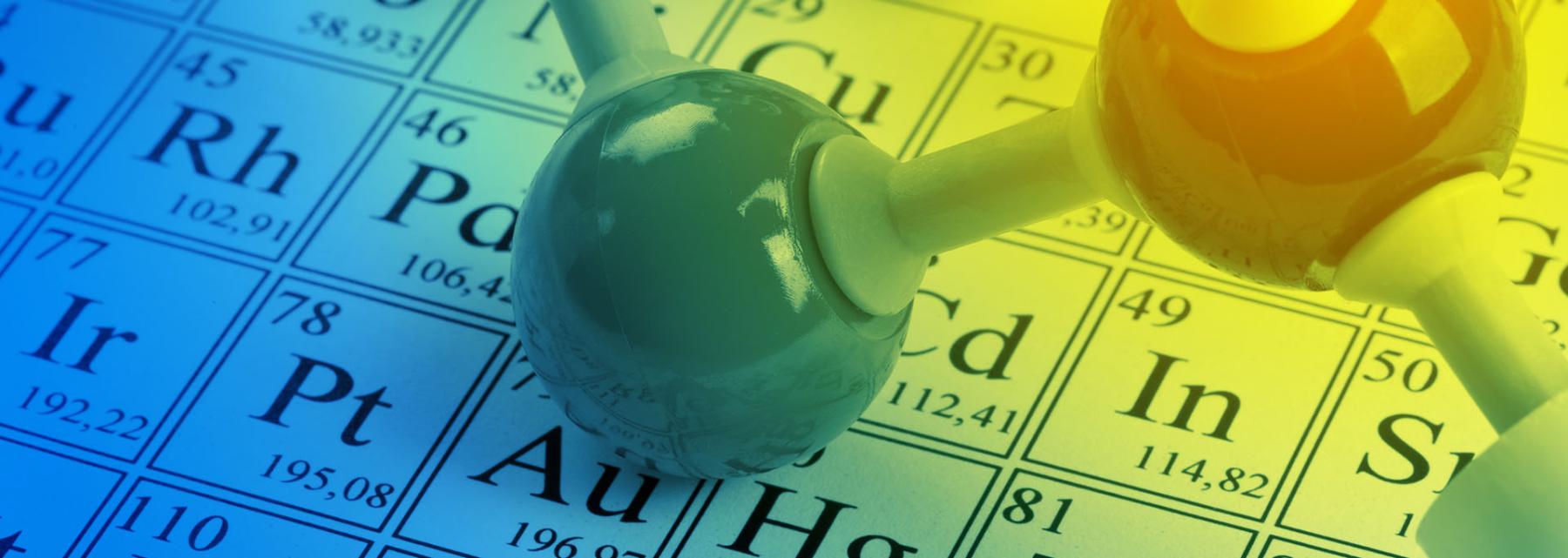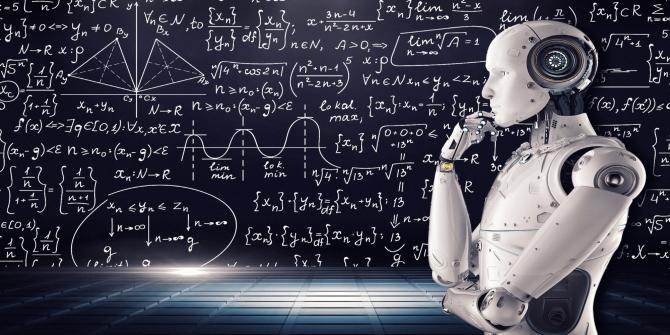
Subatomic Particles: Creating an Atom
by Gregory Brown
This set of lessons allows students to model the structure of an atom and use this to define trends on the Periodic Table and characteristics within groups. In addition, students can relate the patterns and scientific concepts together in a innovative and interactive way.
Lesson Plan Link/URL
https://docs.google.com/presentation/d/1i3UD7gvbDcfjWoejy3FJcxeCxkZGh-tLqtJmrxq…
Featured
Off
Related Content

Grades:
9th Grade, 10th Grade, 11th Grade, 12th Grade
In this lesson, students physically manipulate a couple of springs and then collect data from a spring force Phet simulator. Next, they graph the data, calculate the area under the curve of their

Grades:
9th Grade, 10th Grade, 11th Grade, 12th Grade
Get the athletic shoes ready! Students calculate their own physical power output by walking, and then hustling/running, up a flight of stairs in this engaging lesson. The change in potential energy

Grades:
7th Grade, 8th Grade, 9th Grade, 10th Grade, 11th Grade, 12th Grade
Teachers will be introduced to the VEX V5 Robotic Platform. We will start with an Introduction to robotics and how robotics is used in industry. Students will understand the key resources they will be